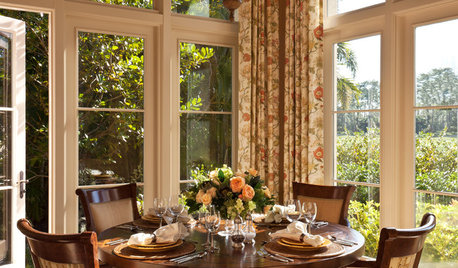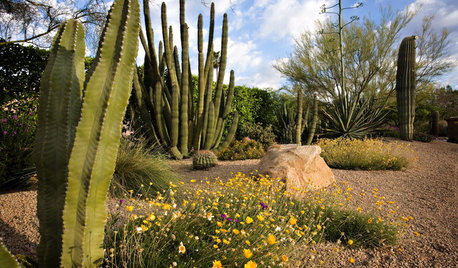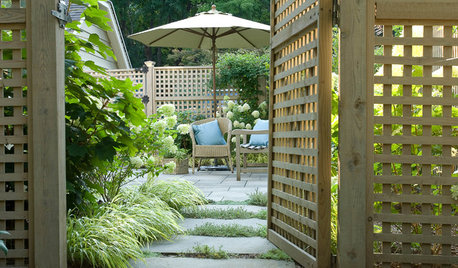How small or tall to be a Bonsai
gnappi
9 years ago
Related Stories

ARTThe Beauty of Bonsai — Living Art, Rooted in Harmony
Create your own emblem of nature's balance with an art form dating back 1,000 years
Full Story
FURNITUREHigh Style: Extra-Tall Headboards
Looking for a Little Drama? Create a Lofty Backdrop for Your Bedscape
Full Story
WINDOWSHow to Dress Tall Windows
Get the right mix of light, shade, privacy and style for towering windows by exploring these coverage options
Full Story
MORE ROOMSTall Tales: Ideas for Two-Story Great Rooms
Make a Great Room Grand With Windows, Balconies, Art and Dramatic Ceilings
Full Story
SOUTHWEST GARDENINGTall Cactuses Bring Drama to Southwestern Gardens
See how 5 columnar cactuses add a striking design element to warm-weather gardens, courtyards and entries
Full Story
GARDENING AND LANDSCAPINGMake the Most of a Small Garden
Easier to maintain and adaptable to any home, small gardens have a charm all their own
Full Story
GARDENING GUIDESDesigning With Conifers: Find the Perfect Fit for Your Landscape
Conifers range from fairy-garden size to 70 feet tall. Here’s how to decifer the plant tag for the perfect long-term fit in your garden
Full Story
SMALL SPACESHow to Make Any Small Room Seem Bigger
Get more from a small space by fooling the eye, maximizing its use and taking advantage of space-saving furniture
Full Story
BATHROOM DESIGN12 Designer Tips to Make a Small Bathroom Better
Ensure your small bathroom is comfortable, not cramped, by using every inch wisely
Full Story








moochinka
bononnie
Related Professionals
Brentwood Landscape Architects & Landscape Designers · Quincy Landscape Architects & Landscape Designers · East Patchogue Landscape Architects & Landscape Designers · Finneytown Landscape Architects & Landscape Designers · Frisco Landscape Contractors · Arden-Arcade Landscape Contractors · Bethel Park Landscape Contractors · Brownsville Landscape Contractors · Lake Saint Louis Landscape Contractors · Lancaster Landscape Contractors · Oak Harbor Landscape Contractors · Clute Decks, Patios & Outdoor Enclosures · Jackson Decks, Patios & Outdoor Enclosures · Northglenn Decks, Patios & Outdoor Enclosures · Overland Park Decks, Patios & Outdoor Enclosuresspaceman13
moochinka
spaceman13
moochinka